Confronting the more and more severe challenge of business circumstances, China Steel Corporation (CSC) adopted the policies of lowering cost, enhancing product quality, saving energy and differentiating customer services to create competitive advantages. Consequently CSC executed the integrated researches of multi-fields and inter-organizations, which enabled the arrangement wider, roots deeper, aims higher and influences greater. CSC anticipates these researches can lead innovations, lower cost, establish needed advanced technologies and enhance the overall competitiveness of itself and China Steel Group internally as well as helping downstream steel-using industry enhance the capabilities in technologies of processing application and construct high value industry clusters externally. With the efforts CSC will facilitate the optimization of industry chain, supply chain and value chain in Taiwan's downstream steel-using industries, hence accomplish the target of continuous improvement and growth for both CSC and downstream industries.
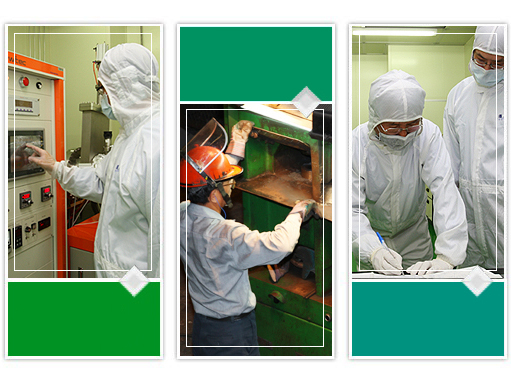
|
Internal organizations>>VIEW
CSC has three R&D Departments:, Iron and Steel R&D Dept., New Materials R&D Dept, and Wind Power
Technology Center, which subordinate to Technology Division and execute major researches. In support of
...
|
|
|
Engineering Research Center, ERC>>VIEW
“To do a good job, one must first sharpen one's tools.” For strengthening innovative technology CSC had
equipped with many advance equipments for researches in manufacturing processes, properties study and
materials microstructure observation etc. There are....
|
|
|
Major league of industry and academia>>VIEW
For the purpose of strengthening the technical innovative capability of local steel-using industry,
cultivating predominant industries, developing industry clusters of high value-added and Taiwan features
....
|
|
Open innovation>>VIEW
“Corporate resources are limited but social resources are infinite.” CSC implemented the strategy of “open
innovation”. By establishing “Engineering Research Center”, “Joint Research ....
|
|
|
Joint Research Laboratory, JRL>>VIEW
For providing customers with differentiated technical services by establishing “Joint Research Laboratory“
with customers collaboratively, CSC went deep into customer site to help solve practical problems of
materials ...
|
“To do a good job, one must first sharpen one's tools.” For strengthening innovative technology CSC had equipped with many advance equipments for researches in manufacturing processes, properties study and materials microstructure observation etc. There are:
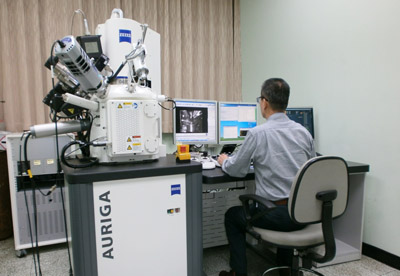
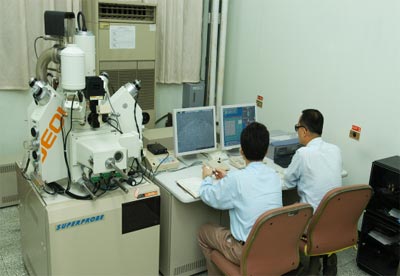
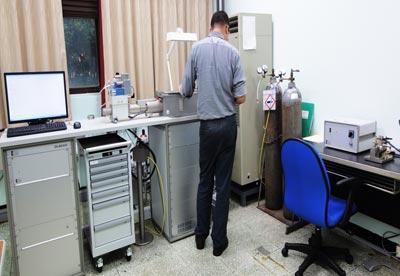
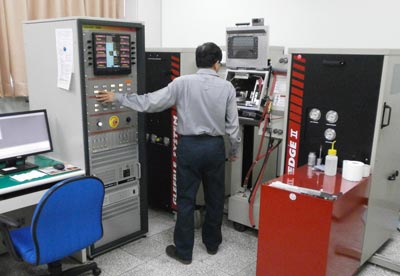
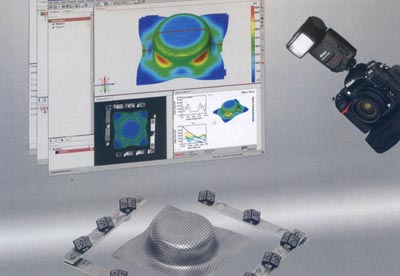
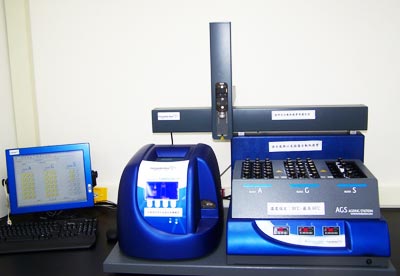
S.X.Ding, H.C. Shih,C.Y.Yu,P.C.Fang ,H.C.Huang
were awarded the honor of “Jeme Tien Yow Paper Award” in 2017by Chinese Institute of Engineers for the
paper ” Development of High Quality 5000 Series Aluminum Alloy Auto Body Sheets”.
C.K. Ho
was awarded the honor of “Outstanding Engineer 2017” by Chinese Institute of Engineers.
L.J. Chiang, J.F. Tu,. K.S. Tsay,. H.C. Cheng
were awarded the honor of “Jeme Tien Yow Paper Award” in 2016 by Chinese Institute of Engineers for the
paper ” Development of High Strength Bake Hardening Steels”.